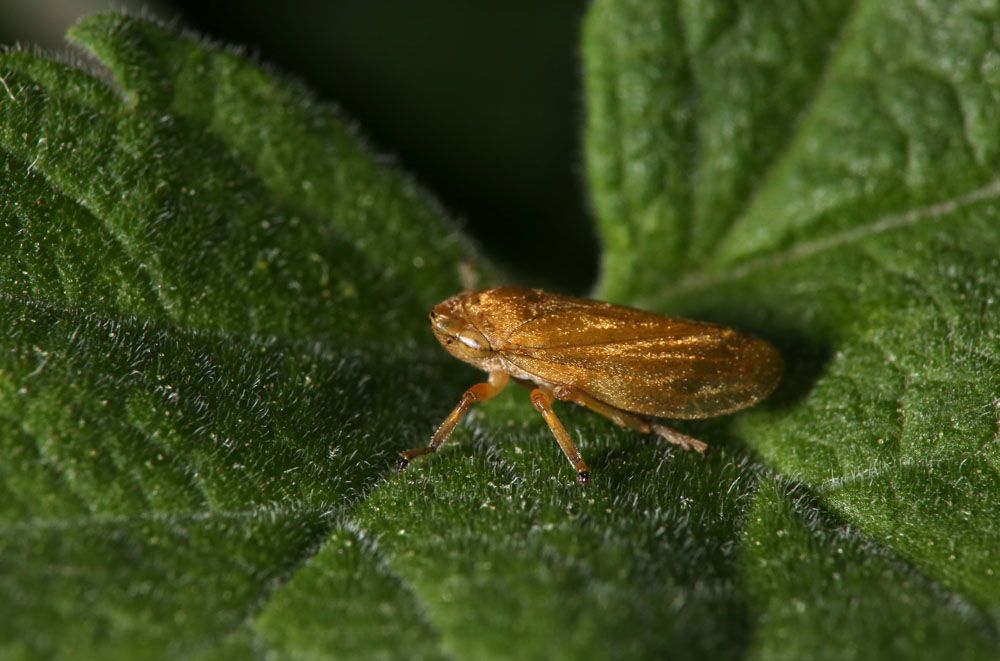
Lawn Leafhopper – Deltocephalus hospes
Lawn Leafhopper (Deltocephalus hospes)
Common Name: Lawn Leafhopper
Latin Name: Deltocephalus hospes
Appearance:
- Adult leafhoppers are 1/8 to 1/4 inch long.
- Their slim, wedge-shaped bodies are a rainbow of colors. Some basic green species blend in with the flora, while others stick out owing to vibrantly colored patterns.
- These pests have long, unique spines over their hind legs and frequently crawl sideways as if they were crabs, something few insects do.
- Leafhopper nymphs are little, wingless counterparts of adults.
Host plant:
Common hosts are maple, apple, cottonwood, dogwood, oak, poplar, willow, and ornamental plants.
Damages caused by Lawn Leafhopper:
Leafhoppers feed on plant leaves and sensitive shoots by penetrating plant tissue and sucking the contents. Nymphs eat on the undersides of leaves, frequently among tiny, black specks of feces and skins shed during molting. Plant damage varies depending on the kind of leafhopper and the plant. These pests may produce stippling akin to lace insect damage, or leaves on the outside edges may curl, dry, or turn brown.
Life history and habits:
Leafhoppers are a diverse collection of pests that cause harm to a broad range of plants, including turfgrasses, shrubs, and fruits and vegetables. Some species graze solely on plants that are closely related to them, while others are less picky. Leafhoppers acquire their name from their excellent leaping abilities, which help them flee when they are disturbed. Some leafhoppers transfer diseases that cause plant disease in addition to nutritional harm. Each year, many generations of these pests may emerge.
